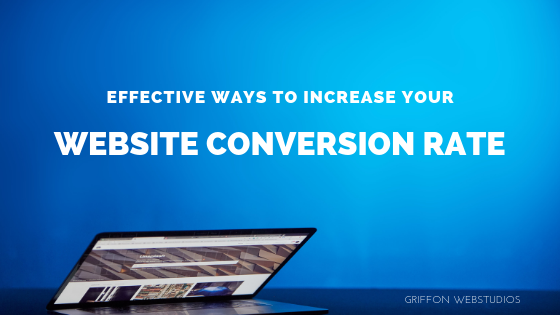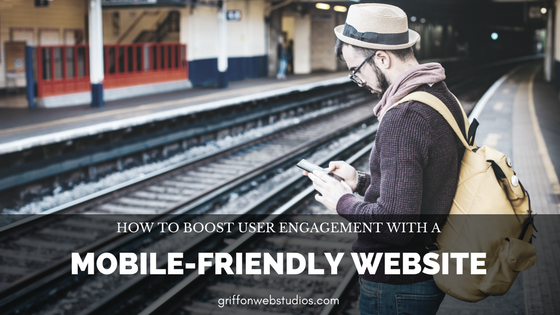
Effective Ways To Increase Your Website Conversion Rate
Driving increased viewership to a website is only half of the equation. Growth potential represents the opportunity of converting an audience into active customers. A high conversion rate is what truly separates the successful eCommerce site from competitors. Brand Awareness It begins with establishing brand awareness and associating desirable qualities and traits with your company. Building a brand requires dedication ushering decisions along the way that lines up with the overall goals and values. Ideally, these values relate to the active customer base. As an example, the strong push towards cleansers using organic ingredients. By aligning company values with that of the consumer you elevate the overall appeal of the product. Certain values carry connotations. In the case of the organic cleansers, customers may associate increased health and wellness, environmentally conscious, and lack of harmful substances with the product. The brand instantly conveys these qualities to the customer. Which fuels the primary focus of building brand awareness. There are many ways to grow awareness. Social media plays a significant role in curating buzz words. Leading customers to search certain terminology when looking for products within that category. By properly implementing SEO you can unlock immense potential. Your brand can be









